3.7. Analyze the effect of heat and heat transfer on daily life
Basic competencies:
Learning objectives:

- Students can identify heat effects on problems in everyday life.
- Students can classify heat transfer types in daily life.
- Students can mention factors that influence the magnitude of the expansion of solids, liquids, and gaseous substances.
- Students can distinguish the magnitude of expansion (length, area, and volume) in various substances quantitatively.
- Students can describe with their own language the effect of heat on the temperature and form of objects.
- Students can describe the types of changes in the form of objects and provide examples in everyday life
- Students can distinguish heat transfer by conduction, convection, and radiation.
- Students can give two examples of heat transfer by conduction, convection and radiation in everyday life.
Example :
Basic competencies:
4.1. Presenting the results of measurement of physical quantities using the right equipment and techniques for scientific investigation
Learning objectives:

- Students can measure physical quantities using the right equipment and techniques for scientific inquiry.
- Students can calibrate a thermometer with any scale.
- Students can use physical measuring instruments with the right techniques.
- Students can use physical measuring instruments according to their designation.
Heat Transfer Methods
Heat transfer can occur rapidly through a cooking pan, or slowly through the walls of a picnic ice cooler. We can control the rates of heat transfer by choosing materials (such as thick wool clothing for the winter), controlling air movement (such as the use of weather stripping around doors). We can also control the rate of heat transfer by our choice of color (such as a white roof to reflect summer sunlight). Every process involving heat transfer takes place by only three methods:

- Conduction is heat transfer through stationary matter by physical contact. (The matter is stationary on a macroscopic scale. we know there is thermal motion of the atoms and molecules at any temperature above absolute zero.) Heat transferred between the electric burner of a stove and the bottom of a pan is transferred by conduction.
- Convection is the heat transfer by the macroscopic movement of a fluid. This type of transfer takes place in a forced-air furnace and in weather systems, for example.
- Heat transfer by radiation occurs when microwaves, infrared radiation, visible light, or another form of electromagnetic radiation is emitted or absorbed. An obvious example is the sun warming the earth.
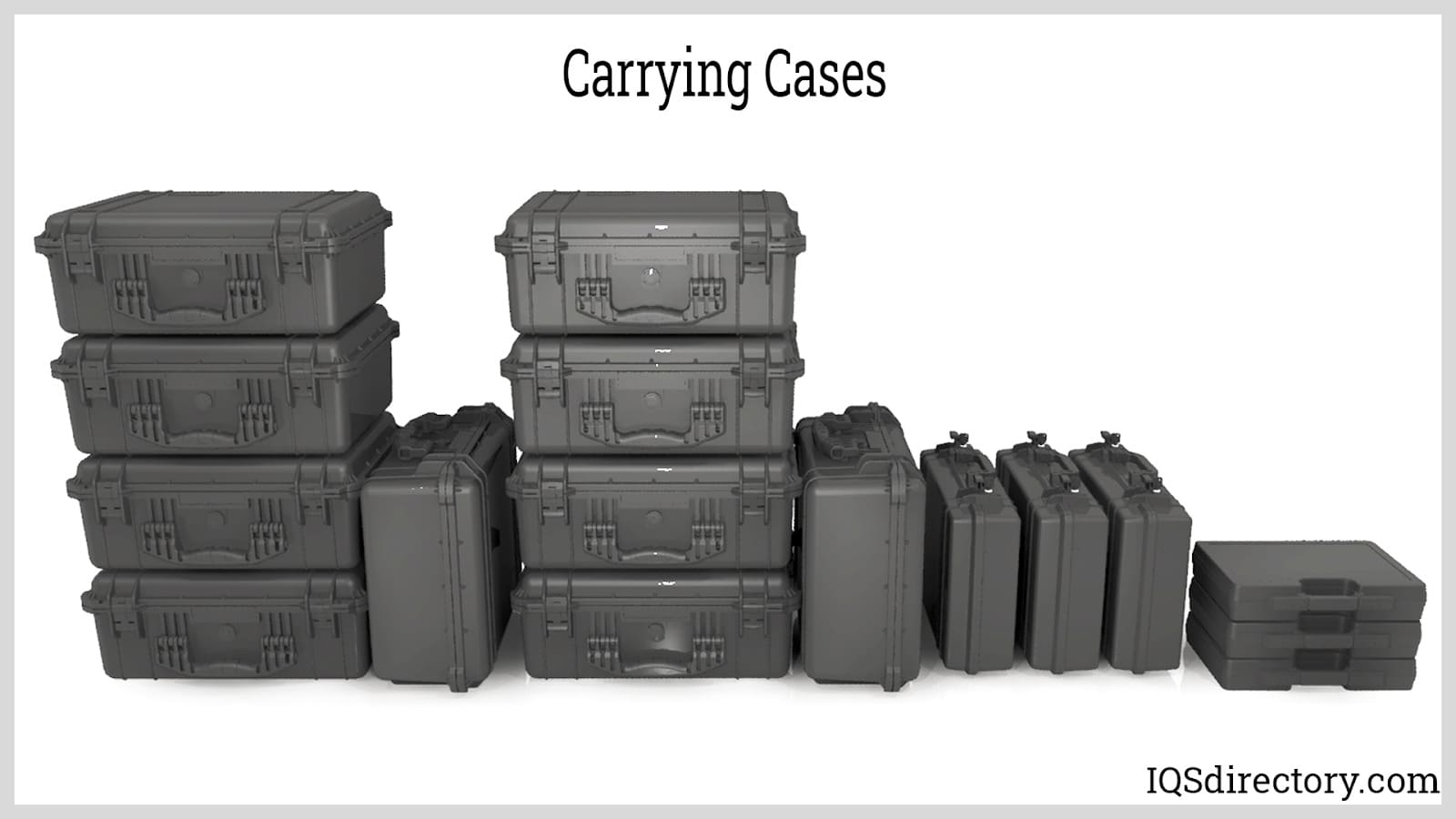
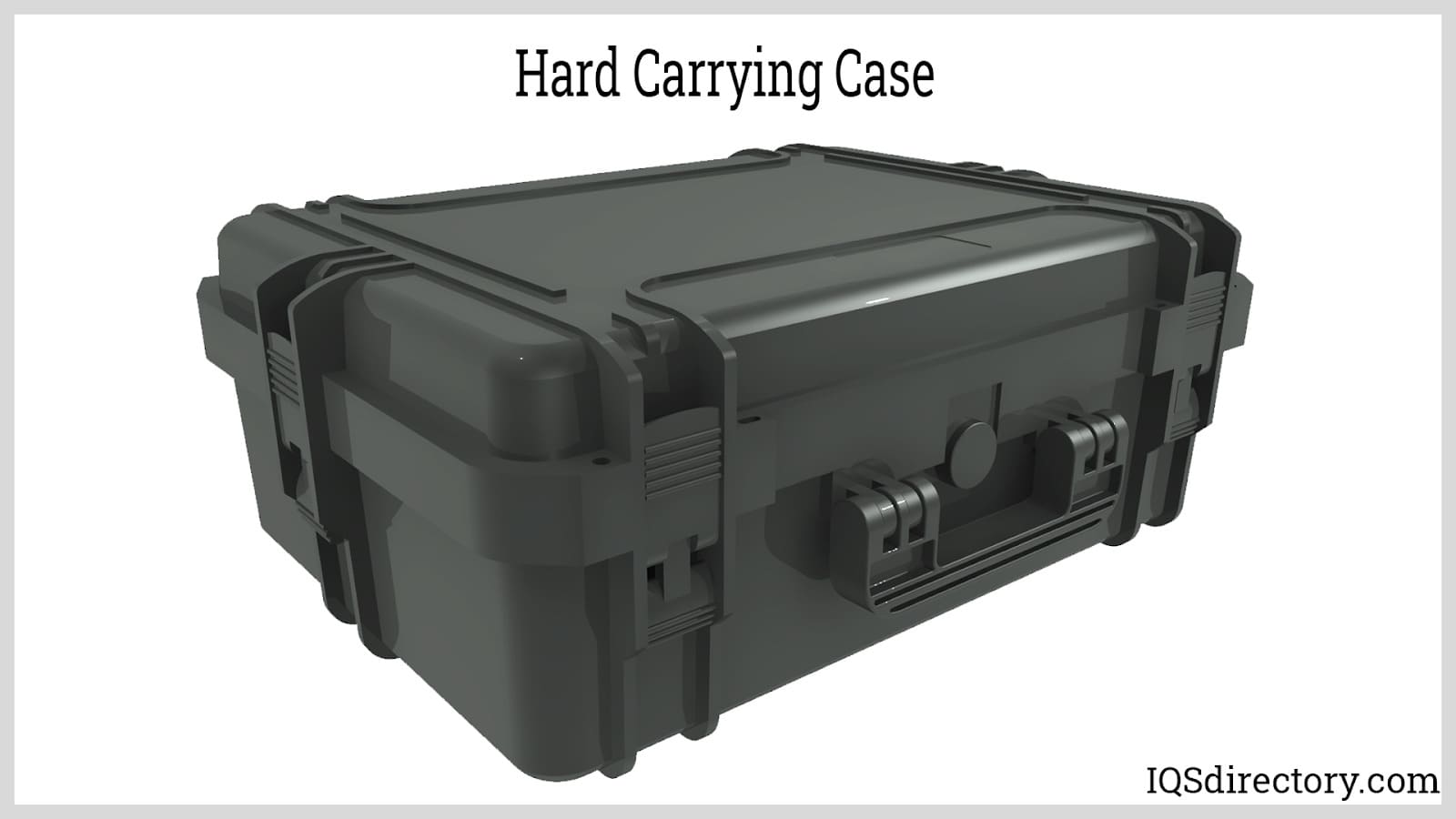
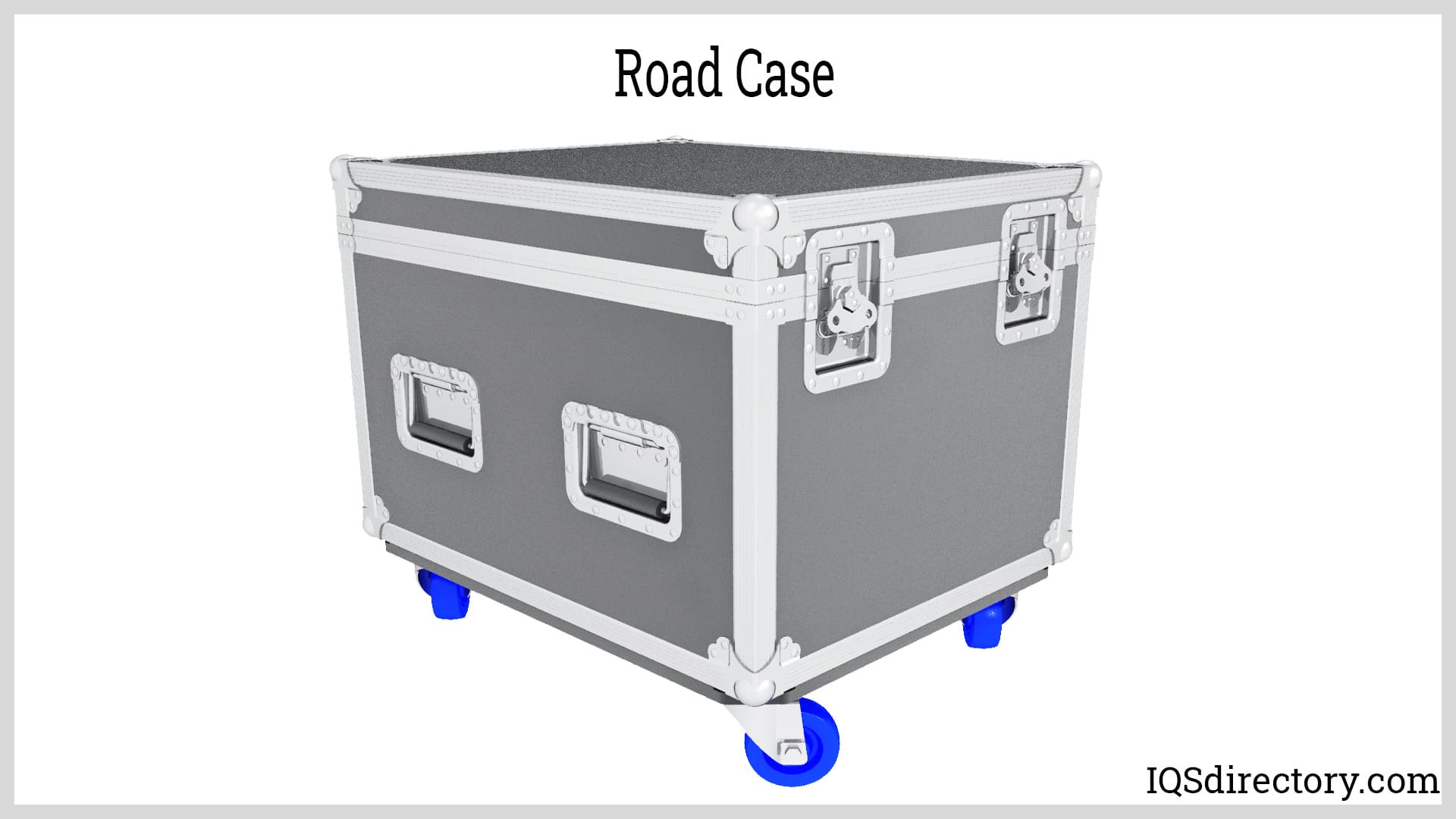
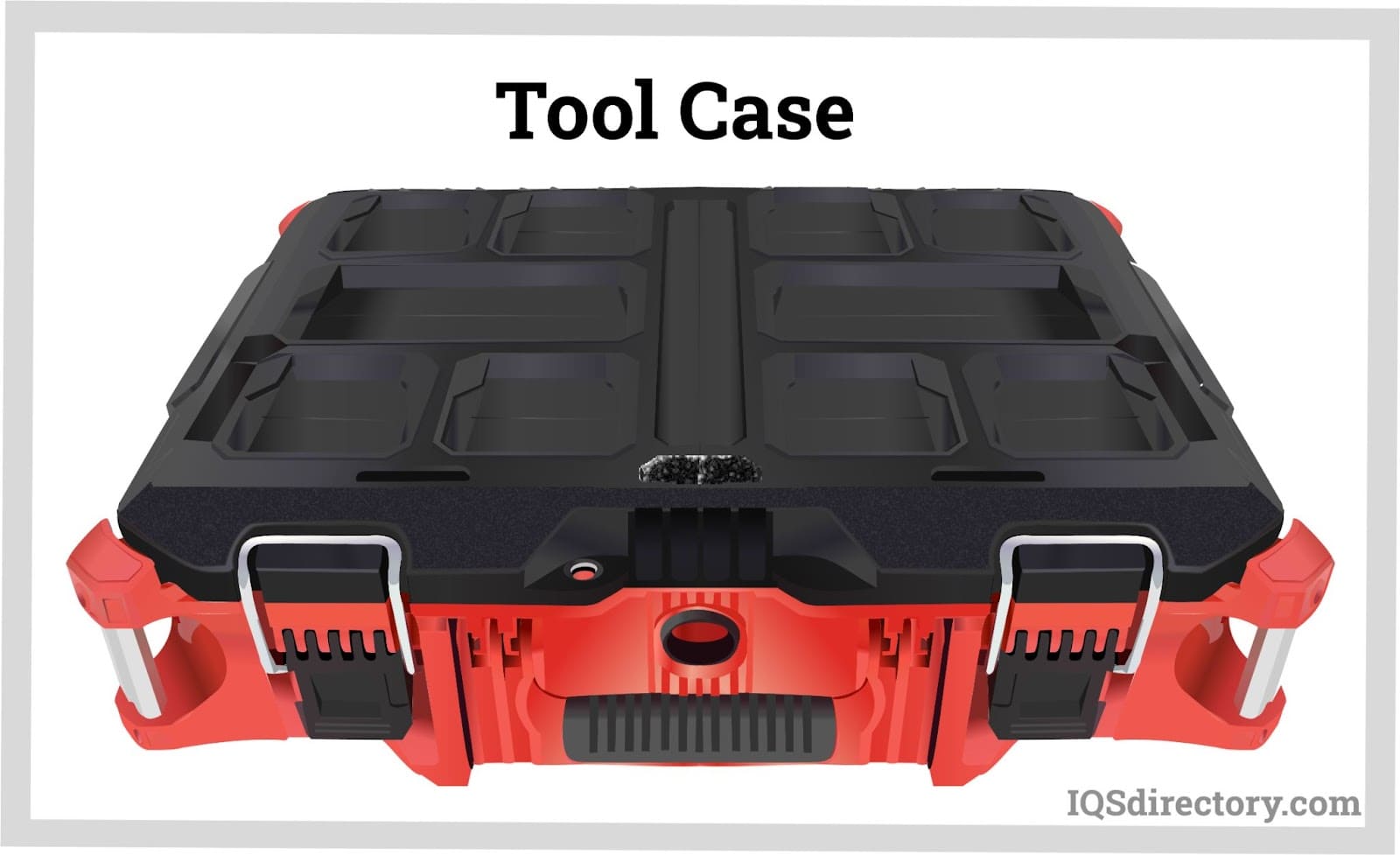
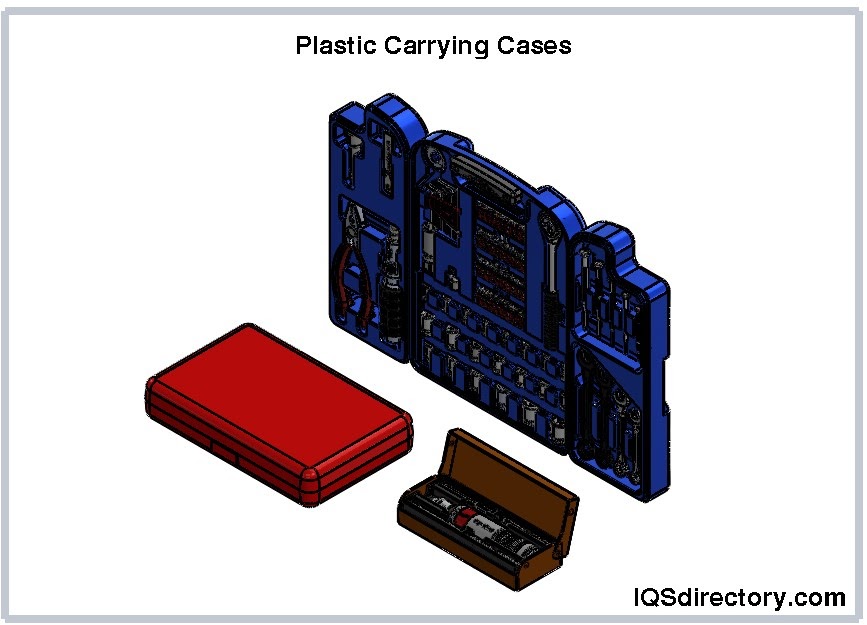
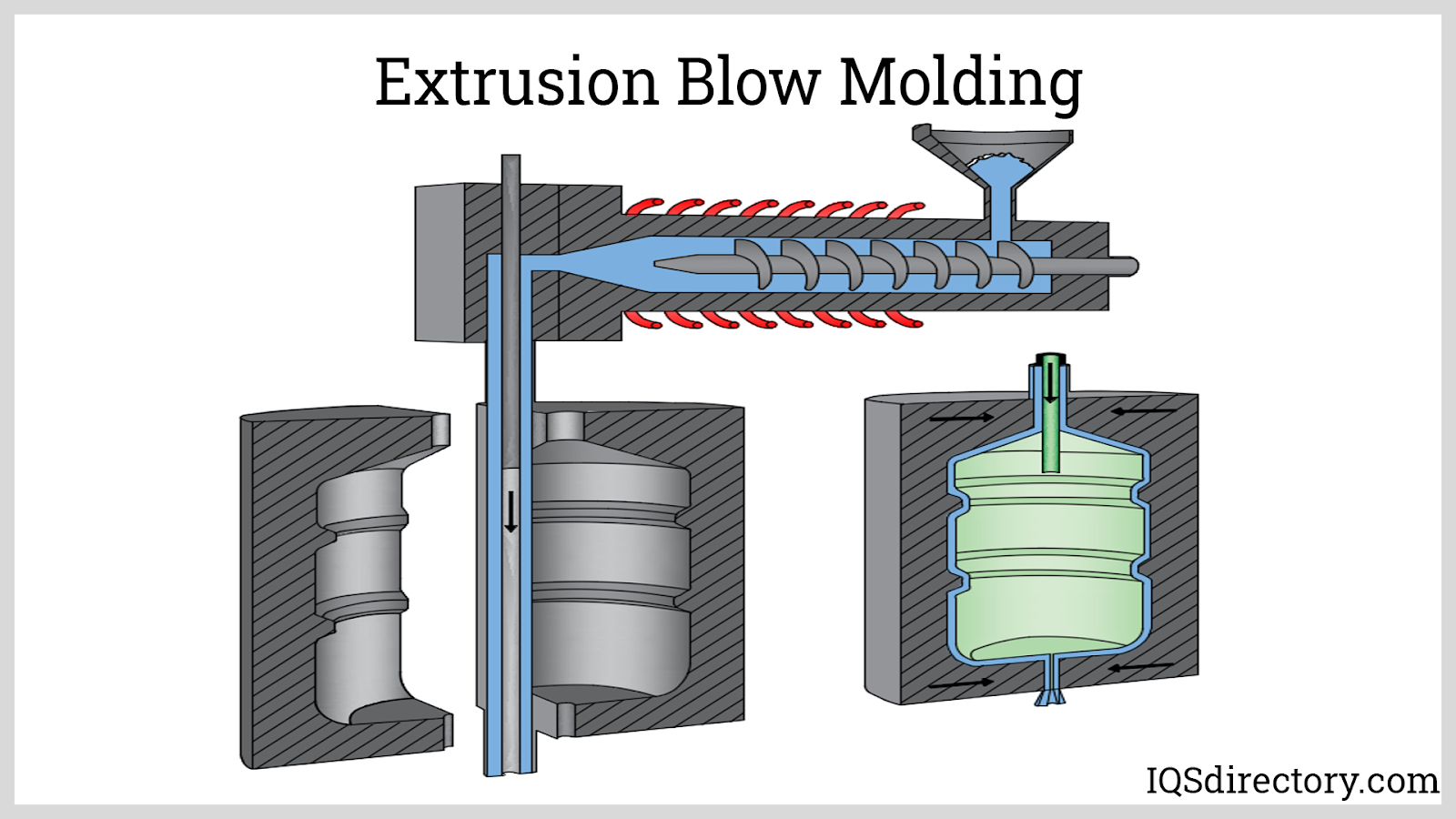
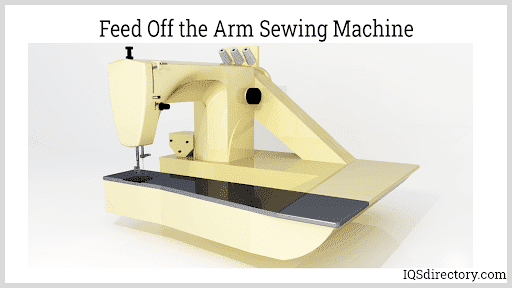

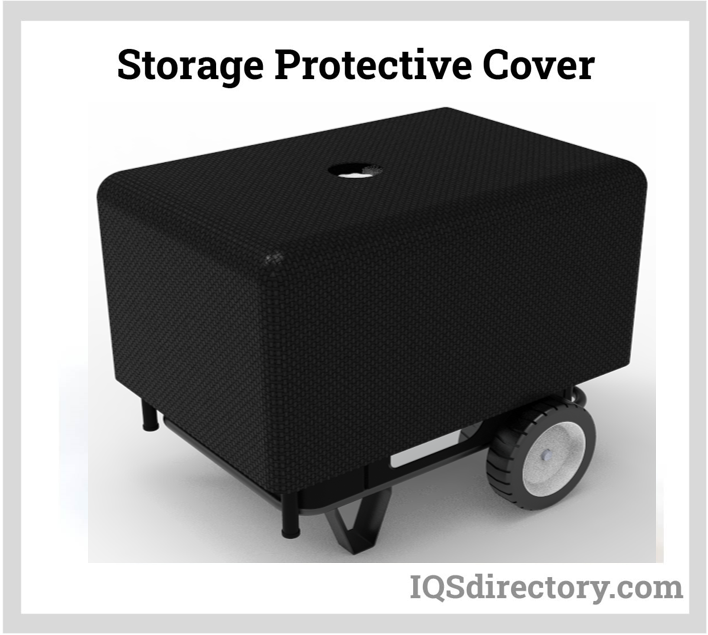
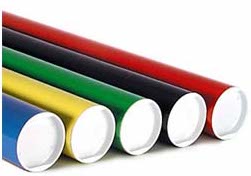 Cardboard Tubes
Cardboard Tubes Carrying Cases
Carrying Cases Contract Packaging
Contract Packaging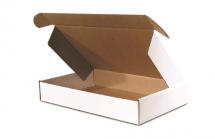 Corrugated Boxes
Corrugated Boxes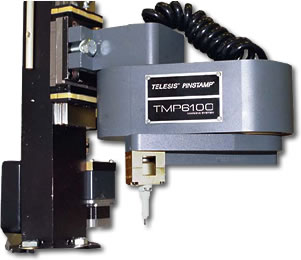 Dot Peening Machines
Dot Peening Machines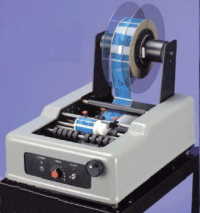 Labeling Machinery
Labeling Machinery Marking Machinery
Marking Machinery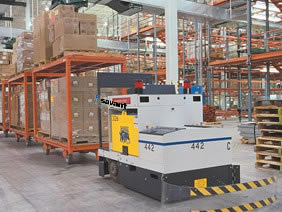 Packaging Equipment
Packaging Equipment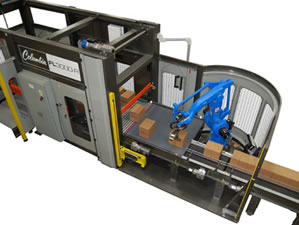 Palletizers
Palletizers Plastic Bags
Plastic Bags Sewing Contractors
Sewing Contractors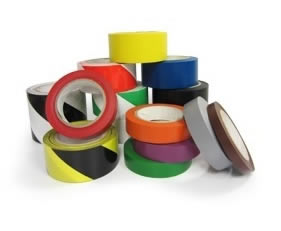 Tape Suppliers
Tape Suppliers Castings & Forgings
Castings & Forgings Bulk Material Handling
Bulk Material Handling Electrical & Electronic Components
Electrical & Electronic Components Flow Instrumentation
Flow Instrumentation Hardware
Hardware Material Handling Equipment
Material Handling Equipment Metal Cutting Services
Metal Cutting Services Metal Forming Services
Metal Forming Services Metal Suppliers
Metal Suppliers Motion Control Products
Motion Control Products Plant & Facility Equipment
Plant & Facility Equipment Plant & Facility Supplies
Plant & Facility Supplies Plastic Molding Processes
Plastic Molding Processes Pumps & Valves
Pumps & Valves Recycling Equipment
Recycling Equipment Rubber Products & Services
Rubber Products & Services